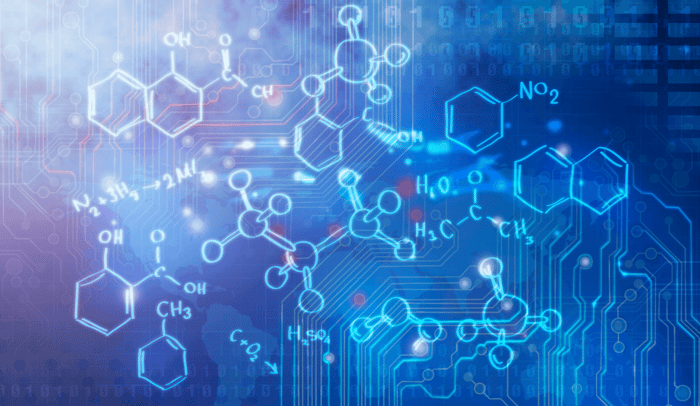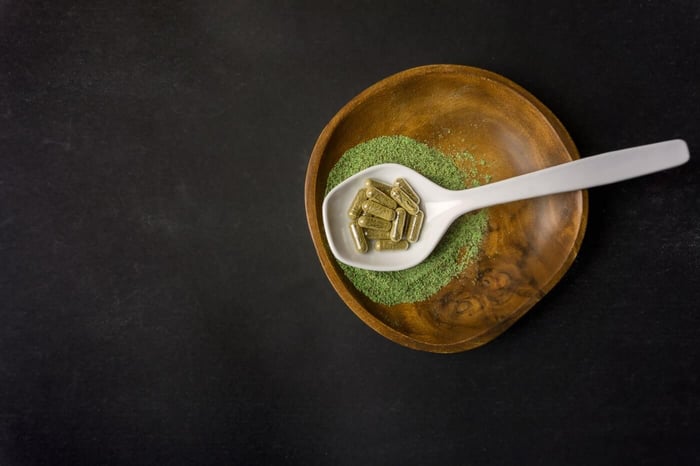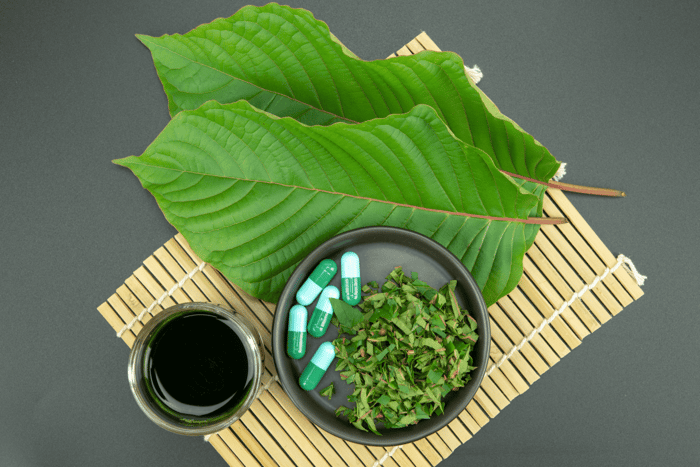
What Are Kratom Alkaloids
You've probably heard of kratom and its many properties, but you may also be wondering, what are kratom alkaloids, and why are the compounds responsible for the plant's popularity? These chemical compounds, nestled within the leaves of the kratom plant, play a pivotal role in its widespread acclaim. Kratom alkaloids are chemical compounds found in the leaves of the kratom plants.
These compounds have structural differences, meaning that they interact with the body in different ways. Over 40 alkaloids are present in kratom leaves, with mitragynine and 7-hydroxymitragynine being the most prominent ones. Their popularity is due to the fact that they bind most easily with the receptors in our bodies. However, this does not mean that the other alkaloids are inferior.
The concentration levels in these alkaloids are unique depending on age and harvest timing, among other factors. How you prepare this product will also determine the alkaloid yield you get from it. For example, traditionally prepared kratom tea yields a better value of mitragynine, the most abundant alkaloid in kratom. Here is a look at some of the most common kratom alkaloids
This article serves as your comprehensive guide to understanding kratom alkaloids, shedding light on their nature and significance. This article discusses all you need to know about kratom alkaloids.
Mitragynine
Mitragynine is the primary alkaloid in kratom making up over 70% of the alkaloid content in Kratom leaves. Its prominences make it a central subject of constant research and studies in various disciplines. Many people believe that mitragynine being a significant component in the plant, is responsible for kratom's effect.
7-hydroxymitragynine
7-hydroxymitragynine is the second most prominent compound in the plant and is a partial agonist with the same chemical similarities as mitragynine. Its concentration greatly varies depending on the harvest time, the strain, and the drying processes. It is also a highly potent compound and has attracted several studies and research, with experts believing that it could be the key to some of the effects connected to herbal remedies.
Paynantheine
Paynantheine is the second most abundant compound in kratom, with about 6.6% to 7% of the total share. It, however, comes third as the most active alkaloid in the plant. Research into its effects has only just begun, but researchers have already determined that this compound is a great smooth muscle relaxant. Mitraphylline and every other remaining compound in this plant represent less than 1% of the total alkaloid count but, they still have a significant effect. Mitraphylline is one of the oxindole alkaloid compounds in kratom.
How Do Kratom Alkaloids Vary When in Different Forms
Kratom alkaloids exhibit a fascinating variability across different forms of consumption and vein colors within the kratom plant. When comparing kratom shots, kratom powder, and kratom capsules, the concentration and composition of alkaloids can differ significantly. Kratom shots, known for their convenience and quick absorption, may have a distinct alkaloid profile compared to the more traditional forms like powder or capsules. Additionally, the vein color of kratom leaves further contributes to this diversity. Red vein kratom is often associated with a more sedative experience due to its higher levels of 7-hydroxymitragynine, while white vein kratom tends to be more energizing. Green vein kratom falls somewhere in between, offering a balanced experience. This nuanced interplay of alkaloids adds a layer of complexity to the world of kratom, providing users with a range of effects based on their chosen form and vein color.
Conclusion
Delving into the world of kratom alkaloids unveils the intricate and diverse compounds that contribute to the plant's popularity. With over 40 alkaloids identified in kratom leaves, mitragynine, and 7-hydroxymitragynine take the spotlight as the most prominent players, binding effortlessly with our body's receptors. However, it's essential to recognize the unique qualities of each alkaloid, with their concentrations influenced by factors such as age, harvest timing, and preparation methods. While mitragynine, the primary alkaloid, holds a central role in kratom's effects, compounds like 7-hydroxymitragynine and paynantheine contribute their distinct properties, sparking ongoing research into their potential benefits. Even with lower concentrations, compounds like mitraphylline play a significant role in the overall alkaloid profile of kratom. As we continue to unravel the complexities of these alkaloids, their collective impact underscores the rich tapestry of kratom's potential benefits and therapeutic properties.




